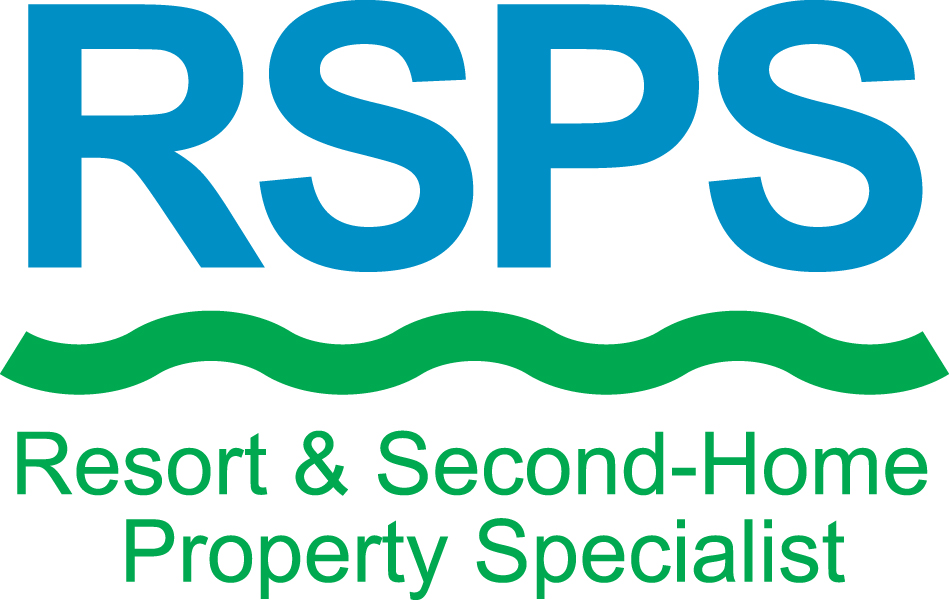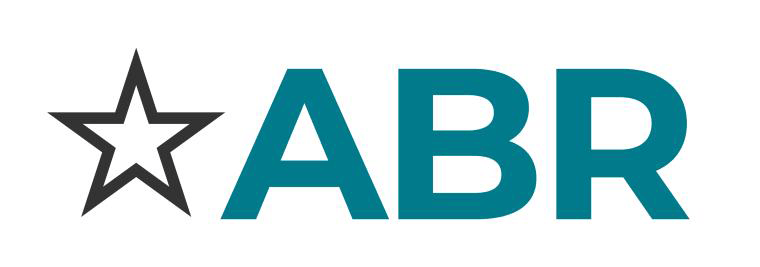Selling a home is a significant decision that involves careful planning, strategic marketing, and skilled negotiation. Understanding the process can help homeowners achieve the best possible outcome while minimizing stress. From preparing the property for listing to closing the sale, each stage plays a crucial role in attracting buyers and securing favorable terms. A well-organized approach ensures the home stands out in the market and appeals to the right audience. Whether selling for the first time or experienced in real estate transactions, following a structured process can make a meaningful difference in both the timeline and final sale price.

Preparing the Home for the Market
A well-prepared home attracts more buyers and increases the chances of receiving competitive offers. The process begins with decluttering and deep cleaning to create a welcoming environment. Removing personal items allows buyers to envision themselves in the space, while a neutral color palette enhances the home’s broad appeal. Small upgrades, such as fresh paint, updated fixtures, and minor repairs, can make a noticeable difference without requiring a major investment.
Curb appeal also plays a significant role in first impressions. A well-maintained lawn, trimmed hedges, and a freshly painted front door create an inviting exterior. Simple additions like potted plants or new house numbers add charm without extensive effort. The goal is to ensure the property looks polished both inside and out.
Staging further enhances the presentation by arranging furniture and décor to highlight the home’s best features. Professional staging services can maximize appeal, but homeowners can achieve a similar effect by rearranging furniture, adding tasteful accessories, and ensuring ample lighting. The objective is to create an atmosphere that feels stylish, spacious, and move-in ready. With the right preparation, the home stands out in a competitive market and attracts serious buyers.
Setting the Right Listing Price
Pricing a home correctly from the start is key to generating strong interest and avoiding prolonged market time. A competitive price attracts buyers while maximizing the seller’s return. Determining the right price involves analyzing recent sales of comparable homes, assessing market trends, and considering the property’s unique features. Overpricing can lead to fewer showings and potential price reductions, while underpricing may leave money on the table.
A comparative market analysis (CMA) provides valuable insight into how similar homes have performed in the area. This analysis takes into account location, size, condition, and recent upgrades. Homes that have sold recently offer a realistic benchmark, while active listings show the competition. Factoring in these details ensures the listing price aligns with market expectations.
Market conditions also influence pricing strategy. In a seller’s market, where demand exceeds supply, pricing slightly above recent sales may be justified. In a buyer’s market, a more conservative approach may be necessary to stay competitive. Flexibility is important, as buyer feedback and activity levels may indicate the need for adjustments. Setting the right price from the beginning helps attract serious buyers and leads to stronger offers.
Marketing the Property Effectively
A well-executed marketing plan increases visibility and reaches the right audience. Professional photography is essential for showcasing the home in its best light, highlighting key features, and making a strong first impression. High-quality images create interest online, where most buyers begin their search. In some cases, virtual tours and video walkthroughs further enhance engagement by providing an immersive experience.
A compelling listing description complements the visuals by emphasizing the home’s standout features. Descriptive language highlights key selling points, such as upgraded kitchens, spacious layouts, or desirable locations. Accurate details about square footage, amenities, and recent improvements help potential buyers make informed decisions. The goal is to create an inviting and informative listing that encourages inquiries.
Beyond online listings, a strong marketing strategy includes social media promotion, email campaigns, and networking within the real estate community. Open houses and private showings provide opportunities for buyers to experience the home firsthand. A combination of digital and traditional marketing ensures the property reaches a wide audience and attracts qualified buyers.
Hosting Showings and Open Houses
Once a home is listed, hosting showings and open houses allows potential buyers to experience the space in person. Preparing for these events involves maintaining a spotless and organized environment. Fresh flowers, pleasant scents, and soft background music can create a warm and inviting atmosphere. Keeping lights on and curtains open ensures the home feels bright and spacious.
Flexibility with scheduling increases the number of showings, accommodating buyers with varying availability. Private showings often provide a more personalized experience, allowing buyers to explore the home at their own pace. Open houses, on the other hand, generate buzz and attract multiple interested parties at once, potentially leading to quicker offers.
During showings, it’s important for homeowners to leave the property. This allows buyers to discuss their impressions freely and envision themselves in the space. Feedback from visitors can offer valuable insights into how the home is perceived and whether any adjustments are needed. A positive showing experience increases the likelihood of receiving strong offers from motivated buyers.
Negotiating Offers and Reviewing Terms
Receiving an offer is an exciting step, but careful review is necessary to ensure favorable terms. Analyzing the offer involves more than just the price—it includes contingencies, financing details, and closing timelines. Buyers may request repairs, closing cost assistance, or specific contract terms that impact the overall outcome.
Counteroffers are a common part of the process, allowing both parties to negotiate mutually beneficial terms. A strong counteroffer addresses key concerns while keeping the deal moving forward. Striking a balance between achieving a strong sale price and maintaining buyer interest is essential for a smooth transaction.
Beyond price, contingencies play a role in negotiations. Inspection, financing, and appraisal contingencies protect the buyer but can introduce delays. Evaluating these terms carefully ensures the seller remains in a strong position. The goal is to reach an agreement that benefits both parties while minimizing potential hurdles.
Navigating the Home Inspection and Appraisal
Once an offer is accepted, the home inspection and appraisal become key steps in finalizing the sale. A home inspection allows the buyer to assess the property’s condition and request repairs if necessary. Common issues include roofing, plumbing, electrical systems, and structural concerns. Addressing minor repairs proactively can help prevent negotiations from stalling.
The appraisal determines the home’s fair market value, ensuring the lender approves the buyer’s financing. If the appraisal aligns with the agreed-upon price, the sale proceeds smoothly. However, if the value comes in lower than expected, renegotiations may be necessary. Options include adjusting the sale price, requesting the buyer cover the difference, or challenging the appraisal if discrepancies exist.
Clear communication and a proactive approach help navigate these steps effectively. Being prepared for potential negotiations ensures the transaction stays on track without unnecessary delays. The inspection and appraisal are standard parts of the process, and handling them efficiently keeps the sale moving toward closing.
Closing the Sale and Finalizing the Details
The final steps of selling a home involve signing paperwork, transferring ownership, and completing any remaining requirements. The closing process includes reviewing loan documents, settling outstanding fees, and ensuring all contractual obligations are met. Both parties coordinate with their respective agents, lenders, and attorneys to finalize the transaction.
A final walkthrough allows the buyer to inspect the home before closing, ensuring everything is in the agreed-upon condition. If repairs were negotiated, this is the time to confirm their completion. The goal is to address any last-minute concerns before officially transferring ownership.
Once all paperwork is signed and funds are transferred, the sale is complete. Keys are handed over, and the seller receives the proceeds from the transaction. While the process involves many steps, a well-managed sale ensures a smooth transition. With careful preparation and professional guidance, sellers can confidently move forward to their next chapter.
Moving Forward with Your Home Sale
Selling a home involves multiple steps, but with the right approach, it can be a seamless and rewarding process. Careful preparation, strategic pricing, and effective marketing help attract strong offers, while skilled negotiation ensures favorable terms. Each stage plays a role in securing a successful sale, from listing to closing. If you’re considering selling your home, reach out to discuss your goals and take the next steps toward a smooth and profitable sale.







